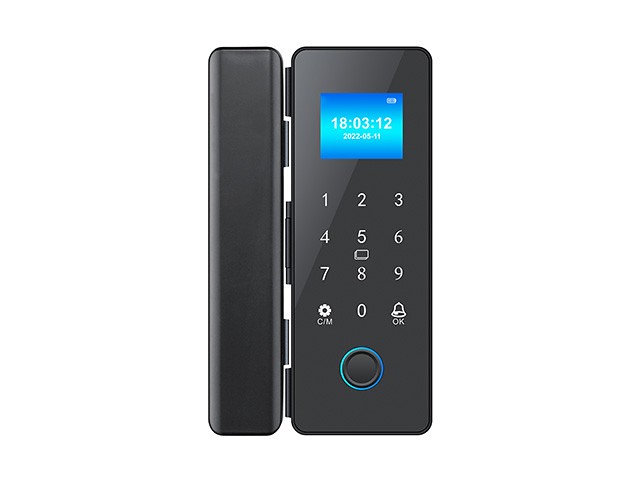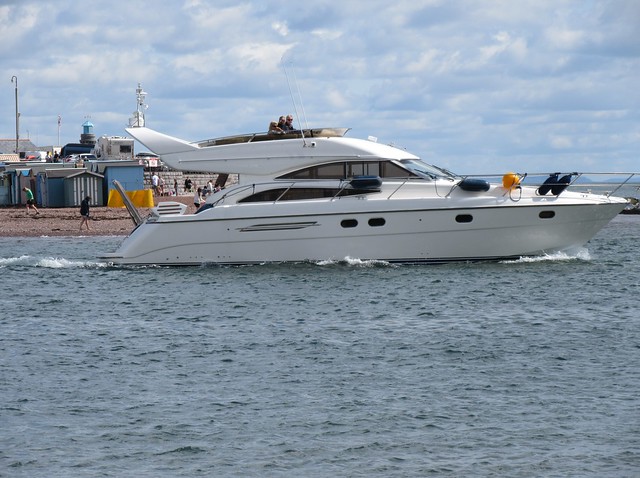
How to Choose the Right CCTV Camera for Your Needs
Whether it’s to deter break-ins or theft, prevent vandalism, monitor traffic or keep an eye on employees, CCTV has become one of the most popular commercial security options.
Generally speaking, CCTV works by clicking multiple images and transmitting them wirelessly to a designated monitor. This can be an individual screen or a network system like NVR.
Panoramic Cameras
Unlike traditional fixed-lens cameras, panoramic security cameras security cameras have a wide field of view that eliminates blind spots in surveillance. They are used across a variety of environments and industries, but they have a special advantage in areas that require large-area coverage for safety and security purposes.
These cameras can capture a 360-degree view by using multisensors or fisheye lenses. They can be wall mounted or ceiling mounted, and they offer a seamless, non-distorting image. They also provide smart analytics, such as motion detection and people counting, which improve surveillance efficiency and effectiveness.
For example, in a school setting, placing a panoramic camera in the hallways allows for monitoring of students and staff movements in real-time, improving safety and security. In larger indoor spaces like shopping malls or stadiums, these cameras can monitor traffic flows and parking lots to prevent theft and enhance overall safety for shoppers.
The use of a single camera for monitoring an area that would normally require several static cameras can reduce installation costs and streamline the installation process and ongoing maintenance. Panoramic cameras can also be used in confined spaces for monitoring areas that are difficult to access or that may require special equipment.
Dome Cameras
Designed to be weatherproof and vandal-proof, these cameras can be installed indoors or outdoors. They feature high-resolution video and night vision that makes it possible to see people’s faces at up to six feet away. Facial features start to fade beyond that point, but the camera’s 1080p resolution still offers enough clarity to read half-inch handwriting and to spot vehicle license plates from a distance.
Because they are less obtrusive than bullet cameras, domes make for an effective deterrent against criminal activity. The dome cover can conceal where the lens is pointing, making it hard for onlookers to know which areas are being monitored, and this can help prevent crime or vandalism. Dome cameras also offer a range of functions, such as smart detection and infrared night vision, which can trigger notifications to alert you when something is happening.
The dome encasing can also allow the camera to monitor at a wider angle, which is useful in areas that are difficult to reach with a bullet camera. Additionally, dome cameras can often be easily mounted to walls or ceilings, reducing installation costs and minimizing the need for extensive wiring. Some models can even work over Power over Ethernet (PoE), a cost-effective solution that eliminates the need for individual power cables.
A standard dome camera may come with a varifocal lens, which allows the camera to be adjusted from wide for a general view to narrow for a specific area of focus. Another option is a multi-sensor dome, which contains multiple cameras and provides a constant, 360-degree view.
Covert Cameras
Covert cameras are designed to capture footage without anyone realizing that they’re being watched. They are used for surveillance purposes in a variety of situations, from personal and home use to business and government settings. It’s important to remember that these cameras are powerful tools, and when misused, they can lead to legal consequences.
For instance, some people use covert cameras to record the actions of domestic abusers without their knowledge in order to document abuse or harassment and help law enforcement prosecute the perpetrator. Additionally, these cameras can be used to expose corruption or illegal activities in various businesses and organizations.
Another common use for these cameras is in commercial settings, where they can be used to monitor employees and customers. For example, a company could use a hidden camera in the reception area to see who is entering and leaving the building, so they can better track employee activity. These cameras can also be useful in identifying criminals who may not have been deterred by overt surveillance, helping to reduce crime rates in an area.
Private citizens also use these devices to spy on their neighbors and colleagues, or to catch a cheating spouse in the act. These cameras can be especially useful for private investigators, who are not limited by search and seizure laws the way police officers are. Additionally, these investigators can use them to determine the validity of liability lawsuits brought against corporations by individuals who claim they’ve been injured by products or services that the corporation provided.
Wireless Cameras
Wireless security cameras don’t require a wired connection and use wireless technology to transmit data. Depending on the camera, this could be Wi-Fi, cellular data or Bluetooth, among other options. Modern wireless cameras are often equipped with high-resolution capabilities, night vision and two-way talk functionality that allow you to converse with whoever or whatever the camera notices in its field of view.
Wireless cameras are less expensive than their wired counterparts and offer a simple installation process that requires no cabling. They’re also portable, which makes them ideal for renters or those who don’t want to commit to permanent installation. They typically record only when they detect motion or sound, but can be set to record 24/7 if plugged into power. Many wireless security cameras feature built-in storage that lets you access the recorded footage locally without an internet connection.
While a wired camera system will typically cost more upfront, it offers significant benefits that make it more worthwhile. These smart camera solutions include a more stable connection that doesn’t fluctuate or degrade as wireless systems do, higher image quality and the ability to prevent hackers from gaining unauthorized access to your footage.
Additionally, a wired system isn’t dependent on Wi-Fi, so it will still function during power outages or in remote locations where solar power isn’t an option. However, it’s important to note that a hardwired system can be difficult to install, as you’ll need to fish wires through walls and ceilings in order to connect the device to the recording server.


